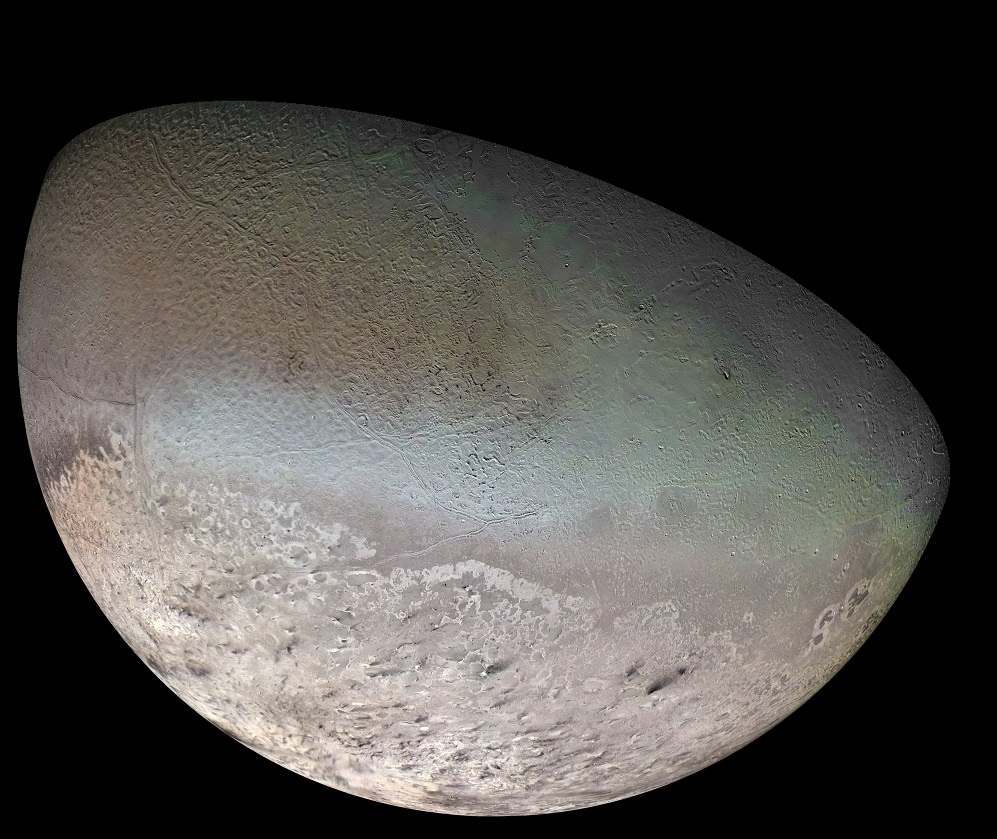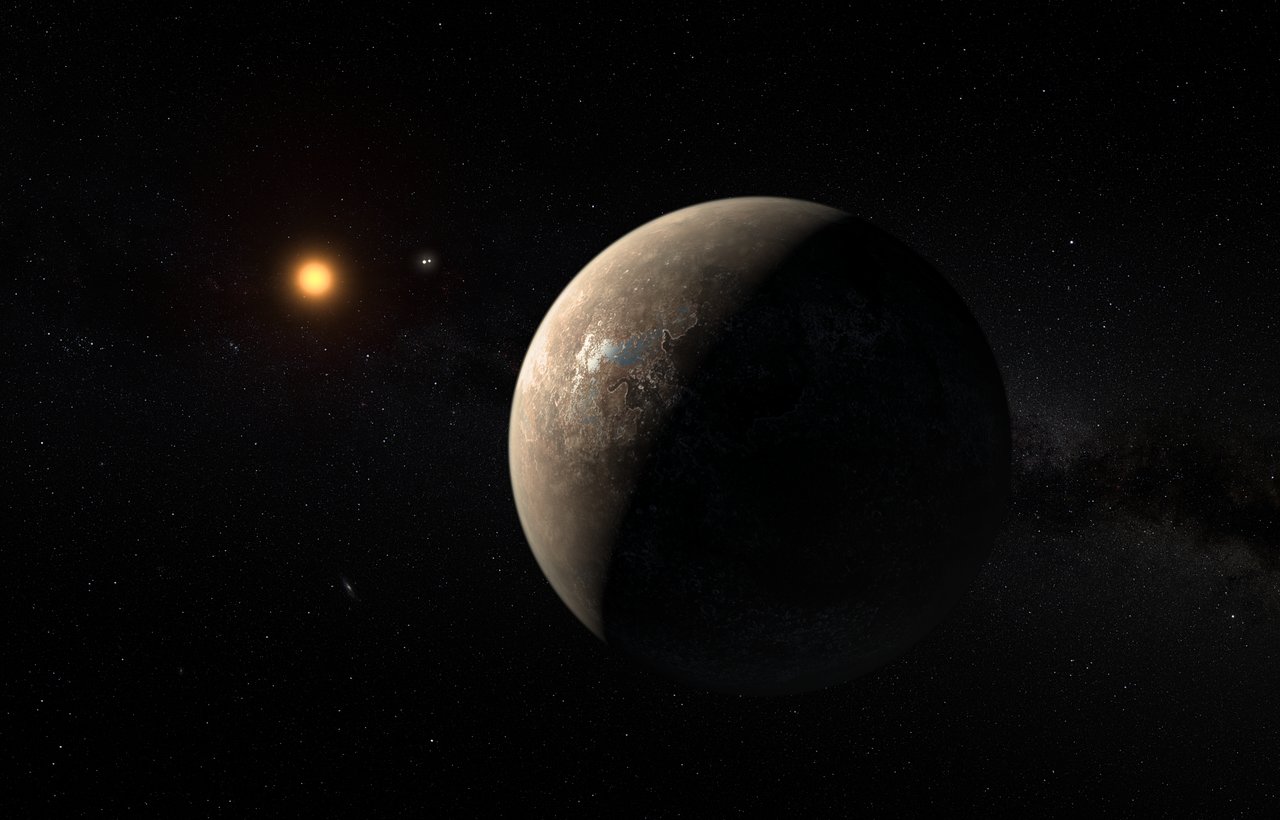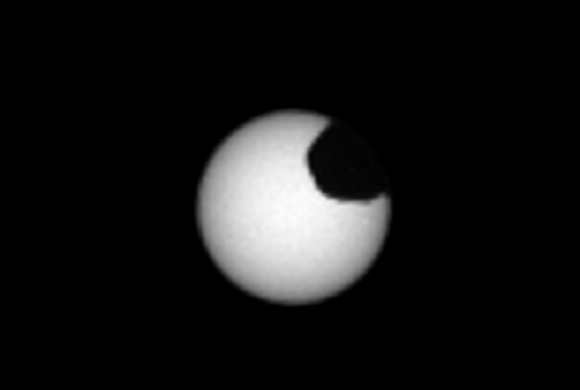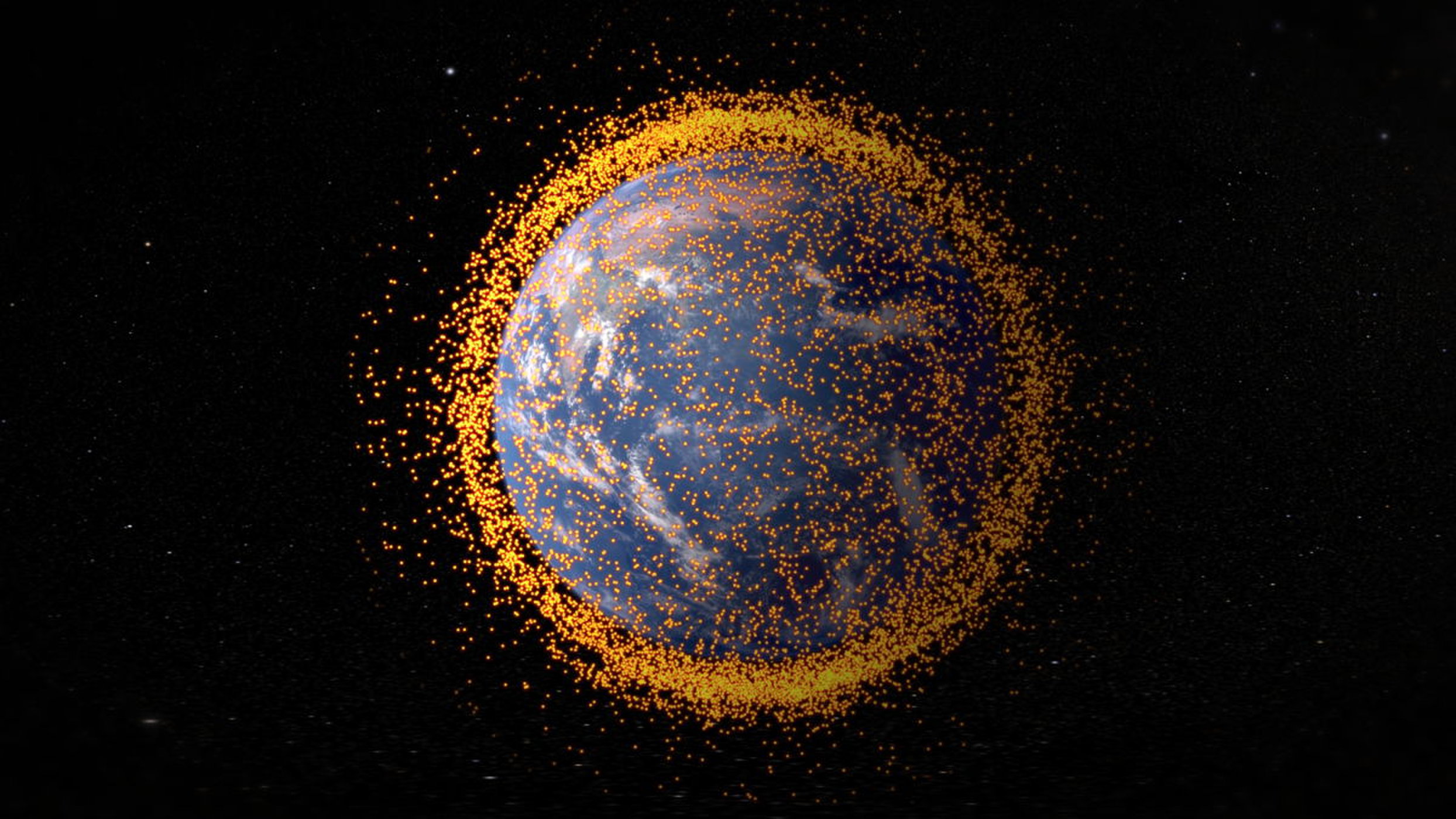In the coming years, NASA has some bold plans to build on the success of the New Horizons mission. Not only did this spacecraft make history by conducting the first-ever flyby of Pluto in 2015, it has since followed up on that by making the first encounter in history with a Kuiper Belt Object (KBO) – 2014 MU69 (aka. Ultima Thule).
Given the wealth of data and stunning images that resulted from these events (which NASA scientists are still processing), other similarly-ambitious missions to explore the outer Solar System are being considered. For example, there is the proposal for the Trident spacecraft, a Discovery-class mission that would reveal things about Neptune’s largest moon, Triton.
Continue reading “NASA Wants to Send a Low-Cost Mission to Explore Neptune’s Moon Triton”









